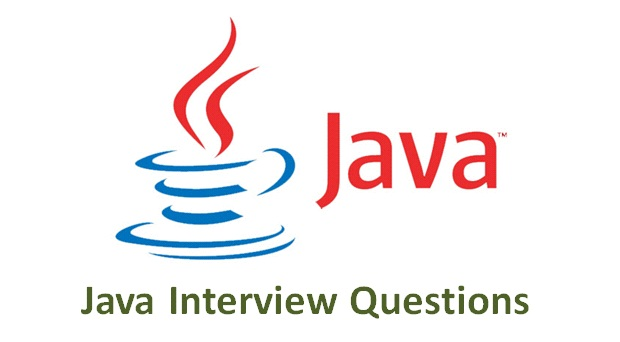Physical Layer Overview
The physical layer is the lowest layer in the OSI model. It is responsible for the actual transmission of raw bits across the physical medium. It defines hardware specifications, signaling methods, transmission rates, and physical connections. In short, the physical layer converts digital data into signals suitable for the transmission medium.
Basic Concepts of the Network Layer
Although the physical layer is the foundation, it works closely with the network layer above it. The physical layer ensures the integrity of raw data transfer, while the network layer focuses on logical addressing and routing. Together, they enable end-to-end communication.
Fundamentals of Data Communication
Data communication involves five key components:
- Sender – the source of data.
- Message – the information to be transmitted.
- Transmission Medium – the physical path (cable, fiber, wireless).
- Receiver – the destination of the message.
- Protocol – the rules governing communication.
Performance is evaluated by bandwidth, latency, throughput, and error rate.
Transmission Theories
Nyquist Theorem
The Nyquist criterion states that a noiseless channel with bandwidth B Hz can transmit at most 2B symbols per second. If each symbol carries k bits, then maximum data rate is:
[
R = 2B \log_2(M)
]
where M is the number of discrete signal levels.
Shannon Capacity Formula
The Shannon formula gives the maximum channel capacity considering noise:
[
C = B \log_2 (1 + \text{SNR})
]
where B is bandwidth and SNR is signal-to-noise ratio.
This provides the theoretical upper bound for reliable communication.
Physical Transmission Media
- Twisted Pair Cable: Cheap, widely used, but limited in bandwidth and distance.
- Coaxial Cable: Better shielding, supports higher frequencies.
- Optical Fiber: High bandwidth, immune to electromagnetic interference, long-distance capability.
- Wireless Transmission: Uses radio, microwave, or infrared signals. Suitable for mobility.
Multiplexing Techniques
Frequency-Division Multiplexing (FDM)
Divides the available frequency spectrum into non-overlapping bands, each carrying a separate signal. Used in analog broadcasting and cable TV.
Time-Division Multiplexing (TDM)
Allocates different time slots to multiple signals on the same channel. Widely used in digital telephony.
Code-Division Multiplexing (CDM / CDMA)
Assigns unique codes to each signal. All signals share the same frequency spectrum but remain distinguishable via orthogonal codes.
Digital Transmission Systems
Digital transmission converts data into discrete signals. It includes:
- Baseband Transmission: Direct transmission of digital signals.
- Broadband Transmission: Modulated signals using carriers (e.g., DSL).
- Line Coding: Methods such as NRZ, Manchester, and Differential Manchester.
Broadband Access Technologies
Broadband access provides high-speed Internet connectivity. Common methods include:
- DSL (Digital Subscriber Line)
- Cable Modem
- FTTH (Fiber to the Home)
- Wireless Broadband (WiMAX, LTE, 5G)
Each technology balances speed, coverage, and cost.
Physical Layer Standards
- IEEE 802.3 (Ethernet): Defines wired LAN physical layer.
- IEEE 802.11 (Wi-Fi): Defines wireless LAN.
- IEEE 802.15.1 (Bluetooth): Defines short-range wireless links.







